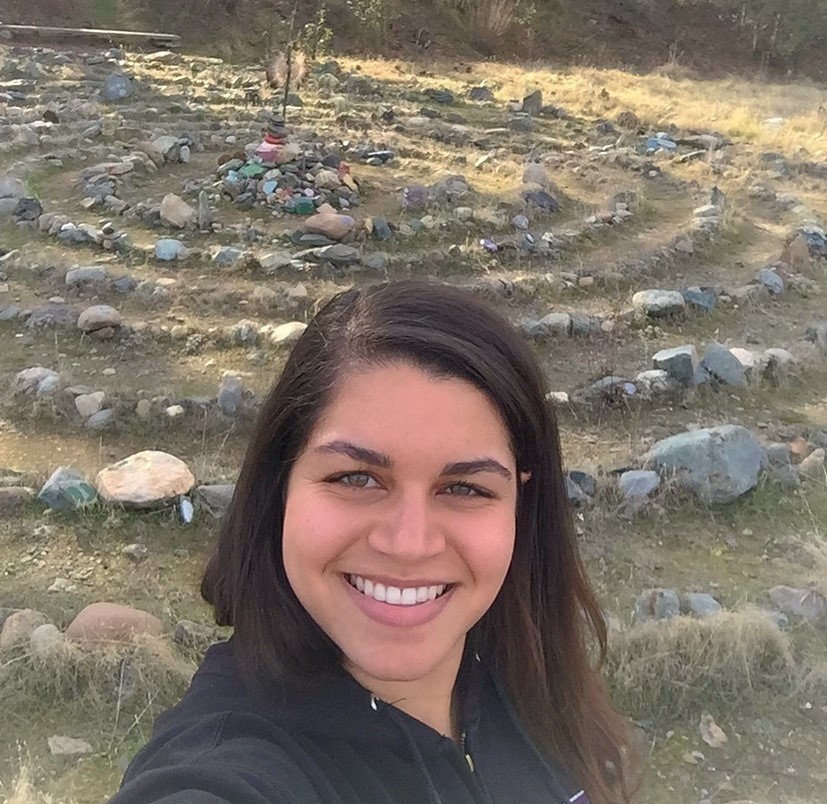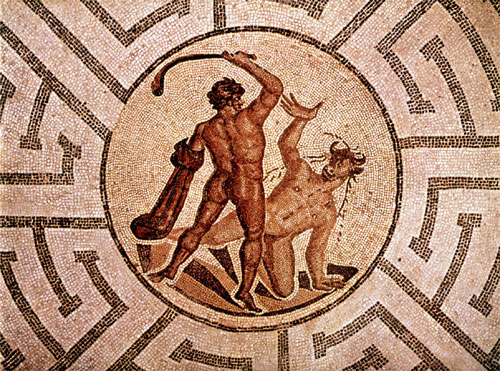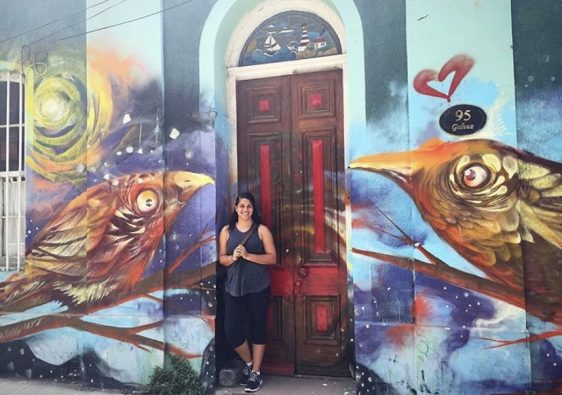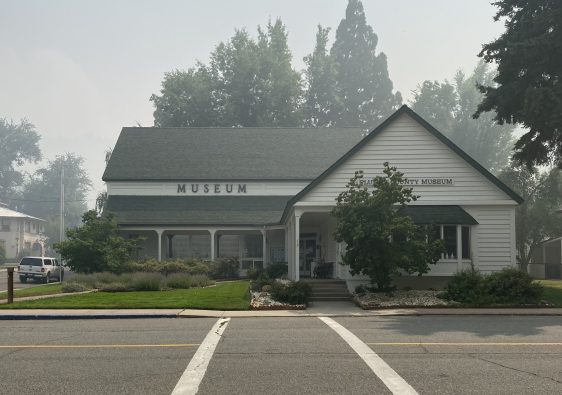When I was a kid my favorite thing in the world was my subscription to Highlights for Children magazine. I would spend hours pretending I could read, looking at pictures of bugs and space, and completing maze puzzles. These mazes were an adventure, and I would get lost in them over and over again, trying to solve the mystery.
When I was a little older my face surfaced from my Highlights magazine, only to find itself then pressed against a children’s Greek Mythology book. And low and behold, within this book there was a GIANT version of these mazes. I became obsessed with this maze and the legend of the Minotaur. There are a few different adaptations of this story, but essentially the myth says that the Minotaur was a half man, half bull creature that was kept in a giant maze by King Minos, the leader of the Minoan people. King Minos would send young people as sacrifices to the maze to be eaten by the Minotaur. A Greek hero, Theseus, volunteered to be one of these sacrifices and ultimately slayed the Minotaur. Today archaeologists believe King Minos’s legendary kingdom is based on the city of Knossos, located on the island of Crete in Greece, and that the Minoan palace located there was the maze.
Today most people think of this legend and use the term “labyrinth.” However, in actuality it would have been a maze rather than a labyrinth. While many people use the terms “maze” and “labyrinth” interchangeably, they are actually very different. A maze has multiple paths you can take to get to the center, whereas a labyrinth only has one possible path to take. There is a quote that I think sums up the difference well. It says that “the point of a maze is to find the center, the point of a labyrinth is to find your center.” The two have become confused in popular culture over time because of their physical resemblance, but are two distinct entities.
It wasn’t until undergrad that I realized that labyrinths were also important to people much closer to me than the Minoans. Labyrinths also have deep roots in Islam, Judaism, Christianity, and many other religions. Labyrinths have been used by Christians since at least Medieval times, mostly appearing on the floors of churches. In Judaism labyrinths are often used to represent the 40 years the Isralietes spent wandering the desert in search of the Promised Land. And complex labyrinthine arabesques can commonly be found depicted in Islamic art.
Much of this I learned through religious art, and I became fascinated with the place that labyrinths hold within the artistic world. In European art history, labyrinths often represent a path toward the sacred, something hidden, or an abstract defense system guarding something of value. They can also be seen represented in Babylonian art, in Egypt, throughout Roman history, in Indigenous cultures of North America, in India, and within many other cultures. My favorite example of this is the cassone panel of “Theseus and the Minotaur,” by Master of the Cassoni Campana, which is located in the Musee du Petit Palais in Avignon, France. But while labyrinths are often depicted in art, over the years they themselves have also become art. Whether they be flat or three-dimensional, circular or square, painted or made with stones, hedges, or hay, labyrinths are now art in their own right.
I’m not yet clear how a Pagan symbol of fear evolved to be a symbol for a religious journey, but I would assume it is similar to other ancient Pagan traditions (i.e. Christmas) that were adopted by monotheisms when converting Pagans to their religions. Something about a journey and facing the evil within. While labyrinths are often used to symbolize a pilgrimage to the Holy Land or the divine, today they are also used for non-religious practices. They often also symbolize a path to inner peace or trails that one must overcome. Many people use labyrinths as places of meditation, relaxation, mindfulness, and healing. You can often find them anywhere someone might need a quiet place to reflect. Historically found in nature or in churches, today they are even being built in personal gardens, hospitals, prisons, and museums. From the Chartres Cathedral in Paris, to the Georgetown Waterfront Park labyrinth in Washington D.C., to the labyrinth on the bike trail by my parent’s old house in Northern California, labyrinths are taking over the world.

With their long history and increasing popularity, it’s easy to understand why labyrinths and mazes often play parts in popular books. Books like Harry Potter and the Goblet of Fire by J.K. Rowling and The Maze Runner by James Dashner depict teenagers forced into dangerous situations for survival, and where the mazes simultaneously symbolize larger societal obstacles the characters face. Even Suzanne Collins was inspired by the legend of the Minotaur and the sacrifice of children by the Minoans when writing The Hunger Games. The similarities between Theseus volunteering to enter the labyrinth on Crete and eventually killing the Minotaur and Katniss volunteering for the Hunger Games in Panem, eventually resulting in the death of her enemies is just one example of how universal this legend is.
As an adult, I have spent a lot of time seeking solace in labyrinths. It’s something that ties me to a more simple time in my life, and has become a metaphor for finding calm when I’m feeling lost. To me, labyrinths symbolize mystery, adventure, and the intertwining of cultures. It’s reassuring to me how people of all different nationalities, ethnicities, and religions can be connected through the shared experience of finding peace within the symbol of the labyrinth. So while nowadays I read about labyrinths in bigger books with less pictures, my fascination with both mazes and labyrinths has only grown since my days with a Highlights magazine glued to my hand. I hope that your fascination with them has grown as well, and that you’ll join me as I work my way through the world’s labyrinths.
Let’s get lost!





